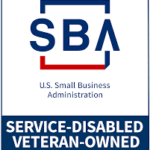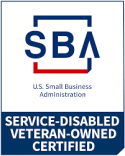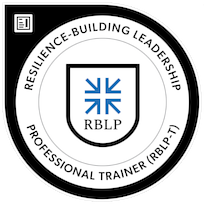Self-leadership (SL) is the process of directing and motivating oneself to succeed, which is a critical part of overall leadership. Obviously, if you can’t get things done and do them well, how can you motivate anyone else?
Decades of research tie self-leadership to performance and achievement by means of specific behavioral and cognitive strategies. Experts typically group these strategies into three categories: behavioral-focused, natural reward, and constructive thought patterns.
For a more in-depth overview of self-leadership, check out our previous post. The purpose of this post and the two that will follow is to deep-dive into each group of strategies that support self-leadership and provide practical tips. First off: behavioral-focused techniques.
Behavioral-focused strategies encourage a sense of responsibility and control that lead to better outcomes. Generally, they support positive, desired behaviors that facilitate positive outcomes and cut down behaviors that give us unwanted results. Behavioral-focused strategies are especially critical for tasks and projects that the self-leader considers less than pleasant. They include self-observation, self-goal setting, self-cueing, self-punishment & self-rewarding.
Self-Cueing
 We are visual beings (yes, you and me). In fact, 90% of our perceptions of the world come from what we see, and that’s why self-cues work so well to motivate us. Self-cues are physical reminders that can keep us focused on our goals and performance. These contextual prompts include inspirational posters, vision boards, reminder notes, posted affirmations, and a pleasing work environment. If you haven’t spruced up your office in a while or experimented with written affirmations, it’s time to give it a try.
We are visual beings (yes, you and me). In fact, 90% of our perceptions of the world come from what we see, and that’s why self-cues work so well to motivate us. Self-cues are physical reminders that can keep us focused on our goals and performance. These contextual prompts include inspirational posters, vision boards, reminder notes, posted affirmations, and a pleasing work environment. If you haven’t spruced up your office in a while or experimented with written affirmations, it’s time to give it a try.
 The second component of the behavioral strategies for self-leadership is self-goal-setting. Goal-setting experts assert that we are biologically designed to set goals for ourselves. To live is a process that depends on action; if we did nothing, we would die. The self-leader sets and attains goals not just to survive but to thrive. Do you have a specific goal toward which you’re actively working?
The second component of the behavioral strategies for self-leadership is self-goal-setting. Goal-setting experts assert that we are biologically designed to set goals for ourselves. To live is a process that depends on action; if we did nothing, we would die. The self-leader sets and attains goals not just to survive but to thrive. Do you have a specific goal toward which you’re actively working?
Self-Reward & Punishment
 The next group of behavioral strategies for self-leadership is self-reward and punishment. Let’s first clarify that the self-punishment aspect is meant to entail learning from one’s experiences, achieving greater understanding, and incorporating self-feedback. There is no place for harsh self-criticism in SL. Self-rewards for goal attainment or a job well done can be intrinsic or extrinsic. If a mental pat on the back is all you need to celebrate an achievement, great. If a massage sounds better, by all means, indulge.
The next group of behavioral strategies for self-leadership is self-reward and punishment. Let’s first clarify that the self-punishment aspect is meant to entail learning from one’s experiences, achieving greater understanding, and incorporating self-feedback. There is no place for harsh self-criticism in SL. Self-rewards for goal attainment or a job well done can be intrinsic or extrinsic. If a mental pat on the back is all you need to celebrate an achievement, great. If a massage sounds better, by all means, indulge.
Finally, self-observation means to reflect and identify unhelpful thoughts and behaviors. We’ll dig further into self-observation in the next blog post, which will focus on developing constructive thought patterns for self-leadership. Behavioral-focused self-leadership strategies bring out the best in us to achieve our desired result while downplaying the negative behaviors that have sabotaged us in the past. Try out the strategies above and let us know if they’ve worked for you. We’d love to hear it.
Book a consultation with us now! Please do not hesitate to contact us with any questions. We would love to hear from you. Email at [email protected].
Click here https://xcelmil.com/xcelmil-coaching-and-consulting-services/ to learn more about our services.
Twitter: https://twitter.com/GraticMelody
LinkedIn: https://www.linkedin.com/in/melodygraticconsulting/
XcelMil, LLC is a certified Minority-Woman and Service-Disabled Veteran-Owned Small Business specializing in Executive Management Consulting and Leadership Development Training.































